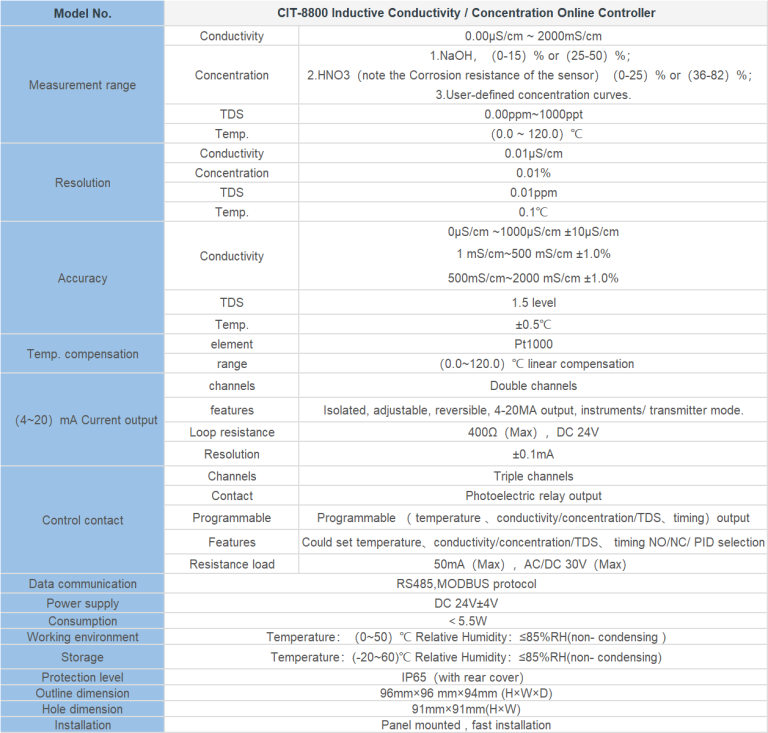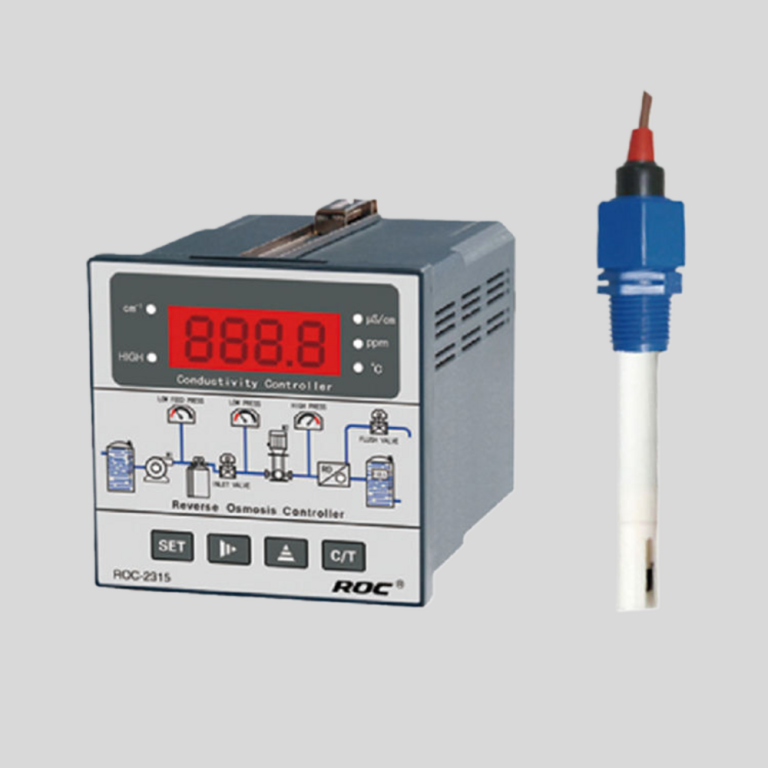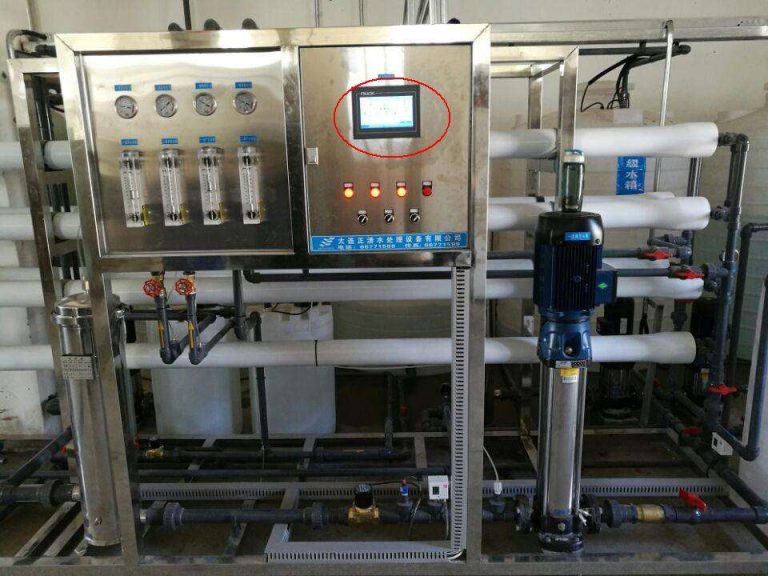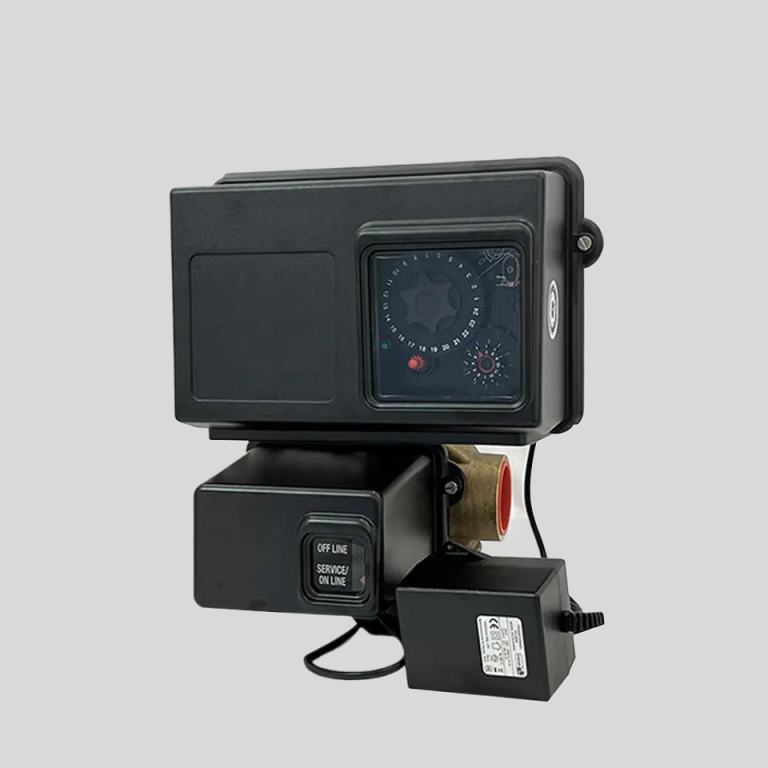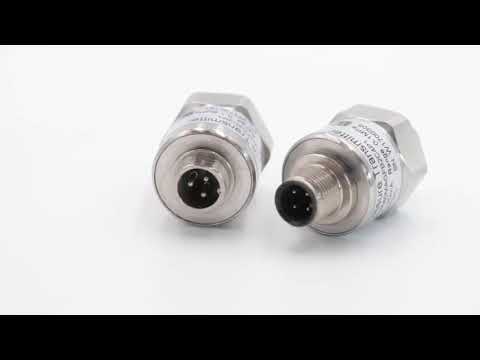Understanding the Role and Importance of pH and Conductivity Sensors in Water Quality Monitoring
Water quality monitoring is a critical aspect of environmental management, and it plays a significant role in ensuring the health and safety of both humans and aquatic life. One of the key components of water quality monitoring is the use of pH and conductivity sensors. These sensors provide valuable data that can be used to assess the overall health of a water body and identify potential issues that may need to be addressed.

pH and conductivity sensors are essential tools in water quality monitoring due to their ability to measure two fundamental properties of water: its acidity or alkalinity (pH) and its ability to conduct electricity (conductivity). These properties can provide a wealth of information about the water’s chemical composition and overall quality.
| ROS-2015 Single Stage Reverse Osmosis Program Controller | |
| 1.water source water tank without water protection | |
| 2. low pressure protection | |
| Acquisition signal | 3.pure water tank full protection |
| 4.high pressure protection | |
| 5.external control(manual/automatic switch) | |
| 1.water inlet valve | |
| Output control | 2. flush valve |
| 3. low pressure pump | |
| 4.high pressure pump | |
| AC220v±10% 50/60Hz | |
| Power supply | AC110v±10% 50/60Hz |
| DC24v±10% | |
| Control output | 5A/250V AC |
| Flush the way | Low pressure flush/ high pressure flush |
| Relative humidity | ≤85% |
| Ambient temperature | 0~50℃ |
| Hole Size | 45*92mm(high*wide) |
| Installation method | The embedded |
| Display usage | Standard RO process flow chart, supporting LED dynamic display |
| Process control | When the system is turned on for the first time,the system performs 30s membrane flushing, |
| instructions | and flush 10s when the machine is running and the water tank is full. Run continuously for 3h |
| or stand by for 3h when the water is full, automatically intervene in flushing for 10s | |
The pH of water is a measure of how acidic or basic it is. On a scale of 0 to 14, a pH of 7 is considered neutral, values below 7 indicate acidity, and values above 7 indicate alkalinity. The pH of water can affect many chemical and biological processes. For instance, if the pH of a water body is too low (acidic), it can be harmful to aquatic life. Similarly, if the pH is too high (alkaline), it can also have detrimental effects. Therefore, monitoring the pH of water is crucial in maintaining a healthy aquatic ecosystem.

The use of pH and conductivity sensors in water quality monitoring offers several benefits. First, these sensors provide real-time data, allowing for immediate action if the water quality deteriorates. This is particularly important in situations where rapid changes in water quality can have severe consequences, such as in drinking water supplies or fish farms.
Second, pH and conductivity sensors can be used in a wide range of environments, from freshwater streams and lakes to seawater and industrial wastewater. This versatility makes them invaluable tools in a variety of water quality monitoring applications.
Finally, these sensors are relatively easy to use and maintain, making them a practical choice for both professional scientists and citizen scientists alike. With proper calibration and maintenance, pH and conductivity sensors can provide accurate and reliable data for long periods.
| ROS-360 Water Treatment RO Programmer Controller | ||
| Model | ROS-360 Single Stage | ROS-360 Double Stage |
| Measuring range | Source water0~2000uS/cm | Source water0~2000uS/cm |
| First level effluent 0~1000uS/cm | First level effluent 0~1000uS/cm | |
| secondary effluent 0~100uS/cm | secondary effluent 0~100uS/cm | |
| Pressure sensor(optional) | Membrane pre/post pressure | Primary/ secondary membrane front/rear pressure |
| Flow Sensor(optional) | 2 channels (Inlet/outlet flow rate) | 3 channels (source water, primary flow,secondary flow) |
| IO input | 1.Raw water low pressure | 1.Raw water low pressure |
| 2.Primary booster pump inlet low pressure | 2.Primary booster pump inlet low pressure | |
| 3.Primary booster pump outlet high pressure | 3.Primary booster pump outlet high pressure | |
| 4.High liquid level of Level 1 tank | 4.High liquid level of Level 1 tank | |
| 5.Low liquid level of Level 1 tank | 5.Low liquid level of Level 1 tank | |
| 6.Preprocessing signal | 6.2nd booster pump outlet high pressure | |
| 7.High liquid level of Level 2 tank | ||
| 8.Preprocessing signal | ||
| Relay output (passive) | 1.Water inlet valve | 1.Water inlet valve |
| 2.Source water pump | 2.Source water pump | |
| 3.Booster pump | 3.Primary booster pump | |
| 4.Flush valve | 4.Primary flush valve | |
| 5.Water over standard discharge valve | 5.Primary water over standard discharge valve | |
| 6.Alarm output node | 6.Secondary booster pump | |
| 7.Manual standby pump | 7.Secondary flush valve | |
| 8.Secondary water over standard discharge valve | ||
| 9.Alarm output node | ||
| 10.Manual standby pump | ||
| The main function | 1.Correction of electrode constant | 1.Correction of electrode constant |
| 2.TDS alarm setting | 2.TDS alarm setting | |
| 3.All working mode time can be set | 3.All working mode time can be set | |
| 4.High and low pressure flushing mode setting | 4.High and low pressure flushing mode setting | |
| 5.Manual/automatic can be chosen when boot up | 5.Manual/automatic can be chosen when boot up | |
| 6.Manual debugging mode | 6.Manual debugging mode | |
| 7.Spare parts time management | 7.Spare parts time management | |
| Expansion interface | 1.Reserved relay output | 1.Reserved relay output |
| 2.RS485 communication | 2.RS485 communication | |
| Power supply | DC24V±10% | DC24V±10% |
| Relative humidity | ≦85% | ≤85% |
| Environment temperature | 0~50℃ | 0~50℃ |
| Touch screen size | Touch screen size: 7 inches 203*149*48mm (Hx Wx D) | Touch screen size: 7 inches 203*149*48mm (Hx Wx D) |
| Hole Size | 190x136mm(HxW) | 190x136mm(HxW) |
| Installation | Embedded | Embedded |
In conclusion, pH and conductivity sensors play a vital role in water quality monitoring. They provide essential data on the chemical properties of water, enabling us to assess its quality and take appropriate action if necessary. As we continue to face increasing environmental challenges, the importance of these sensors in protecting our water resources cannot be overstated. Whether it’s ensuring the safety of our drinking water, maintaining the health of our aquatic ecosystems, or monitoring industrial wastewater, pH and conductivity sensors are indispensable tools in our efforts to safeguard our most precious resource: water.

